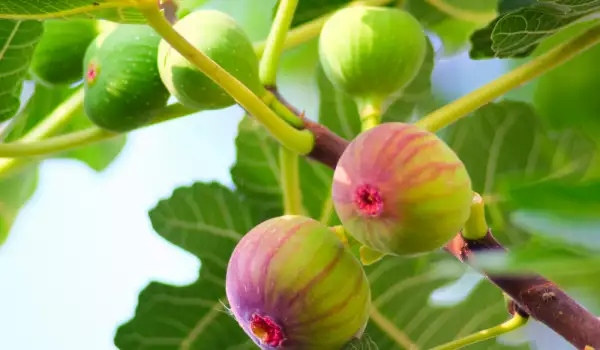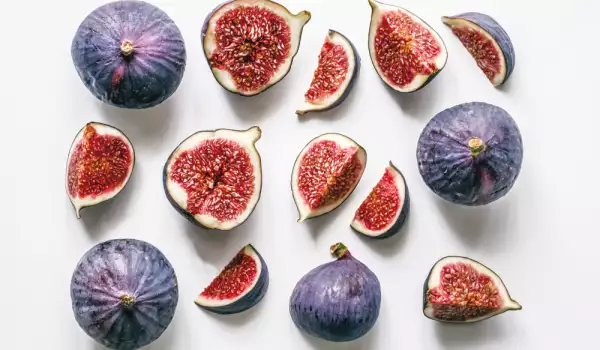Bursting with aromas of fruit and vegetables, fall is the fig season. Sweet and delicious, their unique smell makes them perfect for desserts, jam or they can even be eaten raw. Full of vitamins and minerals, even fig leaves are useful. But do we know everything about them?
The fig is the only European member of a tropical family called Ficus, which includes more than 600 species. Since it has been cultivated for millennia in the European basin, it is part of many stories and myths.
One of them is related to Odysseus. To escape from the terrible sea monster Charybdis, he leans on a fig tree. Plutarch reports that the fig softens the skin. Oh and under what tree do you think that Remus and Romulus, the founders of Rome, nursed their she-wolf? Under a fig tree, of course!
And before we walk into the Garden of Eden, where it also has its place, let us note that, like the strawberry, the fig is propagated vegetatively. It has pink flowers and fruit with grains that crunch between the teeth. However, they never manage to fall, so they rely on the help of microscopic insects to ensure their reproduction.

Although venerated today, the fig tree has a dark past, for a long time it was disliked by the Church. The reason is rooted in the first days of the creation of the world. In their Garden of Eden Adam and Eve had the imprudence to take a bite of the apple forbidden to them by God and suddenly they saw that they were naked. Then our disobedient ancestors resorted to the fig tree.
In Genesis 3, verse 7 of the Old Testament it says: Then the eyes of both were opened and they realized that they were naked. So they sewed fig leaves together and made girdles for themselves.
From there, the fig tree becomes an erotic symbol, which quickly earns it bad fame and it becomes a fruit that is disliked by the church.
Here are some facts about figs that you may not know:

Figs are one of the sweetest fruit - they contain about 55% natural sugar.
They have the reputation of the most perishable fruit. Even in the refrigerator, they can only last a day or two before spoiling.
They have many useful properties that are due to their composition. They are high in calcium, which helps against high cholesterol. They are also rich in iron and manganese, making them a natural cure for anemia.




















Comments